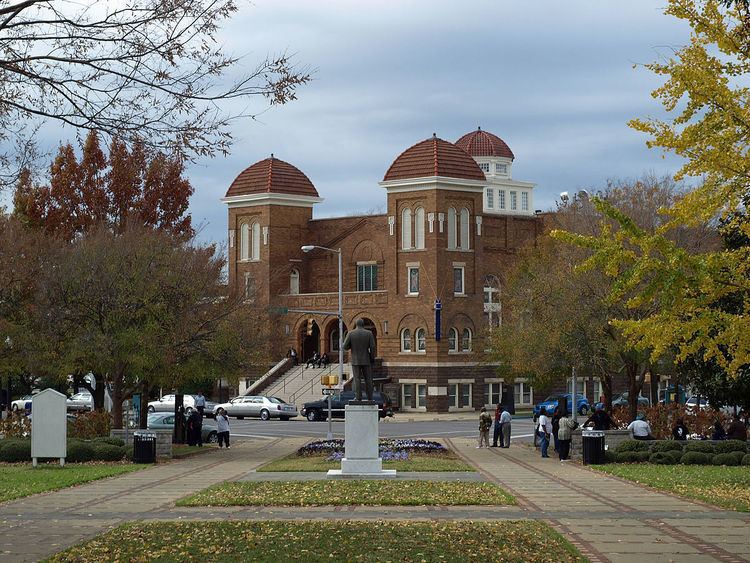Built 1963 Opened 1963 Added to NRHP 19 October 2006 | NRHP Reference # 06000940 Area 15 ha | |
 | ||
Location Roughly bounded 9th Ave., Richard Arrington Jr. Blvd., 1st Ave. and 14th St., Birmingham, Alabama Architectural style Classical Revival, Gothic Revival MPS Civil Rights Movement in Birmingham, Alabama MPS Similar Kelly Ingram Park, 16th Street Baptist Church, Alabama Jazz Hall of Fame, Carver Theatre, McWane Science Center | ||
Birmingham civil rights district as a national park
The Birmingham Civil Rights District is an area of downtown Birmingham, Alabama where several significant events in the American Civil Rights Movement of the 1950s and 1960s took place. The district was designated by the City of Birmingham in 1992 and covers a six-block area.
Landmarks in the district include:
On March 21, 2016, Rep. Terri Sewell introduced to the United States House of Representatives H.R. 4817, a bill that would designate the Birmingham Civil Rights District as a National Park. On March 28, 2016, the bill was referred to the Subcommittee on Federal Lands.
References
Birmingham Civil Rights District Wikipedia(Text) CC BY-SA
